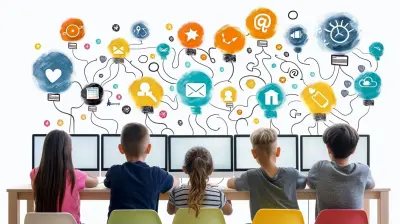Accommodating Students with Physical Disabilities in the Classroom
12 September 2025
Creating an inclusive classroom isn't just about following the rules—it's about making sure every student, regardless of their physical abilities, feels valued, empowered, and ready to succeed. When students with physical disabilities face barriers in the classroom, it doesn't just affect their learning; it impacts their confidence, social connections, and overall well-being.
So, how can educators create a truly supportive environment? Let's break it down step by step.
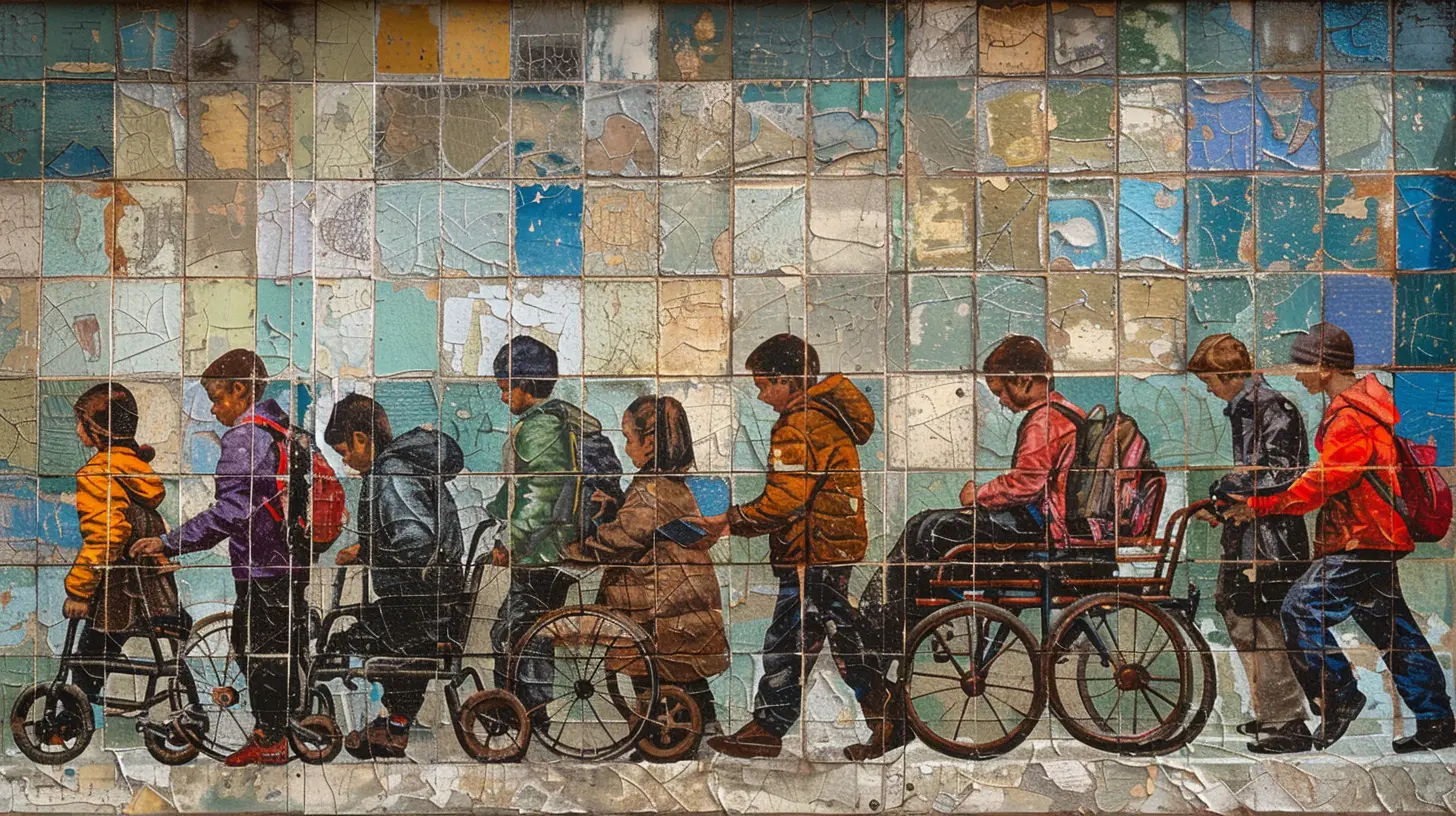
Understanding Physical Disabilities in Education
Before we dive into specific strategies, it's important to understand what we mean by "physical disabilities."Physical disabilities can be permanent or temporary, and they may affect a student's mobility, coordination, strength, or endurance. Some common physical disabilities in students include:
- Cerebral Palsy – A condition that affects movement and muscle tone.
- Spinal Cord Injuries – These can result in partial or full paralysis.
- Muscular Dystrophy – A group of genetic disorders that cause muscle weakness over time.
- Amputations or Limb Differences – Students who have lost limbs or have congenital limb differences.
- Arthritis or Chronic Pain Conditions – These can limit movement and make certain tasks painful.
Each student’s needs will be different, so a one-size-fits-all approach won’t work. Instead, educators must take a flexible and adaptive approach to meet individual needs.
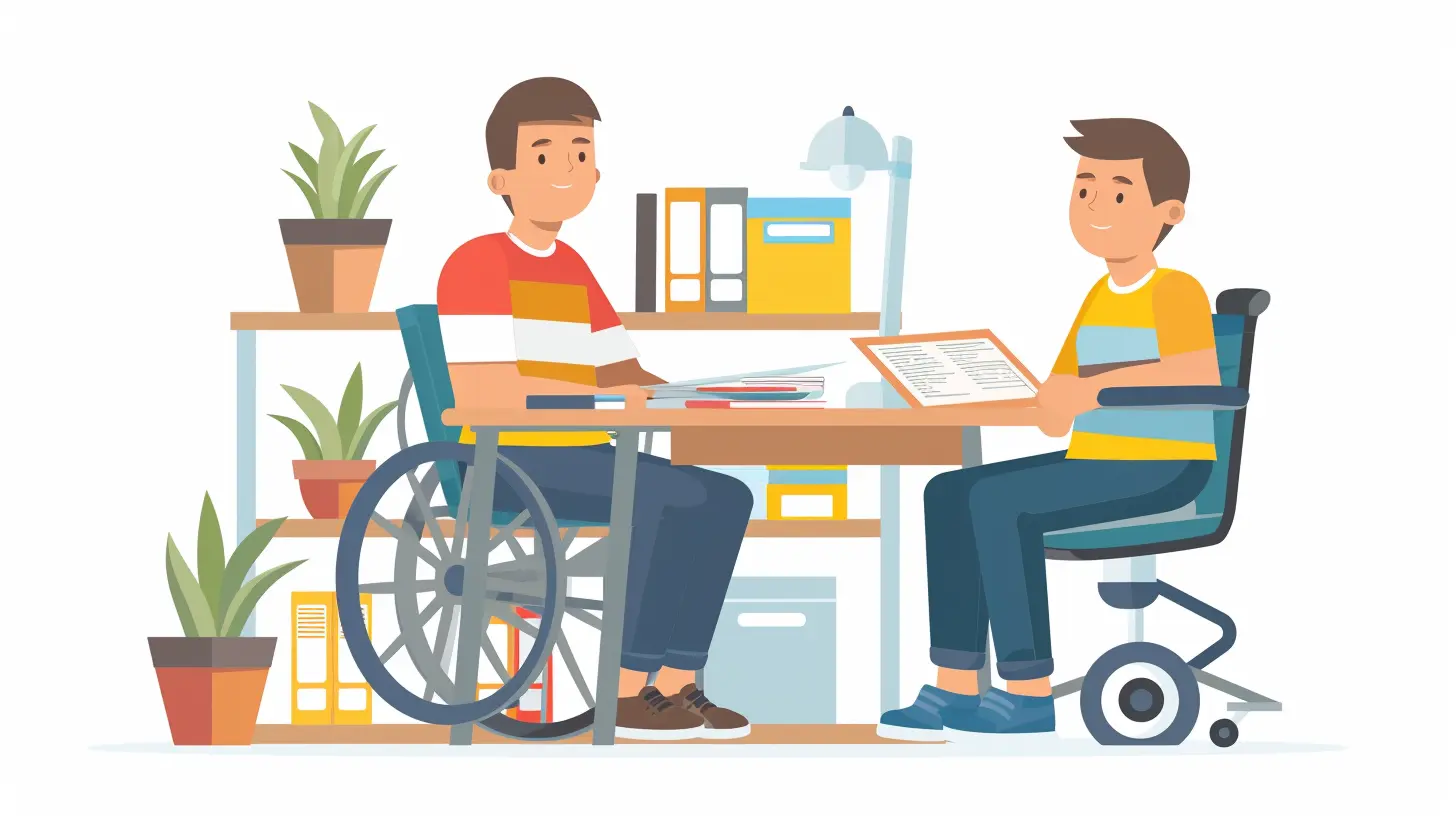
Creating an Accessible Classroom Environment
1. Arranging the Classroom for Accessibility
The first step is making sure students with physical disabilities can move around the classroom easily. Here are a few things to consider:- Wider Aisles: Ensure there’s enough space between desks to accommodate wheelchairs, walkers, or other mobility aids.
- Adjustable Desks & Chairs: Some students may need desks or chairs that can be raised, lowered, or tilted.
- Accessible Technology: Screen readers, speech-to-text software, and adaptive keyboards can make learning more accessible.
- Proximity to Resources: Place frequently used items like books, supplies, and handouts within easy reach.
2. Ensuring Safe and Easy Mobility
Think about how students will enter, exit, and move around the school. Some questions to ask:- Is there an accessible entrance with ramps and automatic doors?
- Are hallways free of clutter to allow for easy movement?
- Are there elevators available for students who can’t use stairs?
- Do bathrooms have grab bars and accessible stalls?
These might seem like small details, but they can make a world of difference for a student with a physical disability.
3. Making Learning Materials Inclusive
Textbooks, handouts, and classroom activities need to be accessible for everyone. Some students may struggle with fine motor skills and need alternative ways to engage with materials.- Offer digital versions of handouts that can be read using assistive technologies.
- Use audiobooks or text-to-speech software for students who have difficulty turning pages or holding books.
- Provide notes in advance so students don’t have to take notes while trying to keep up with the lesson.
Inclusivity isn’t just about providing access—it’s about making sure all students feel included in the learning process.
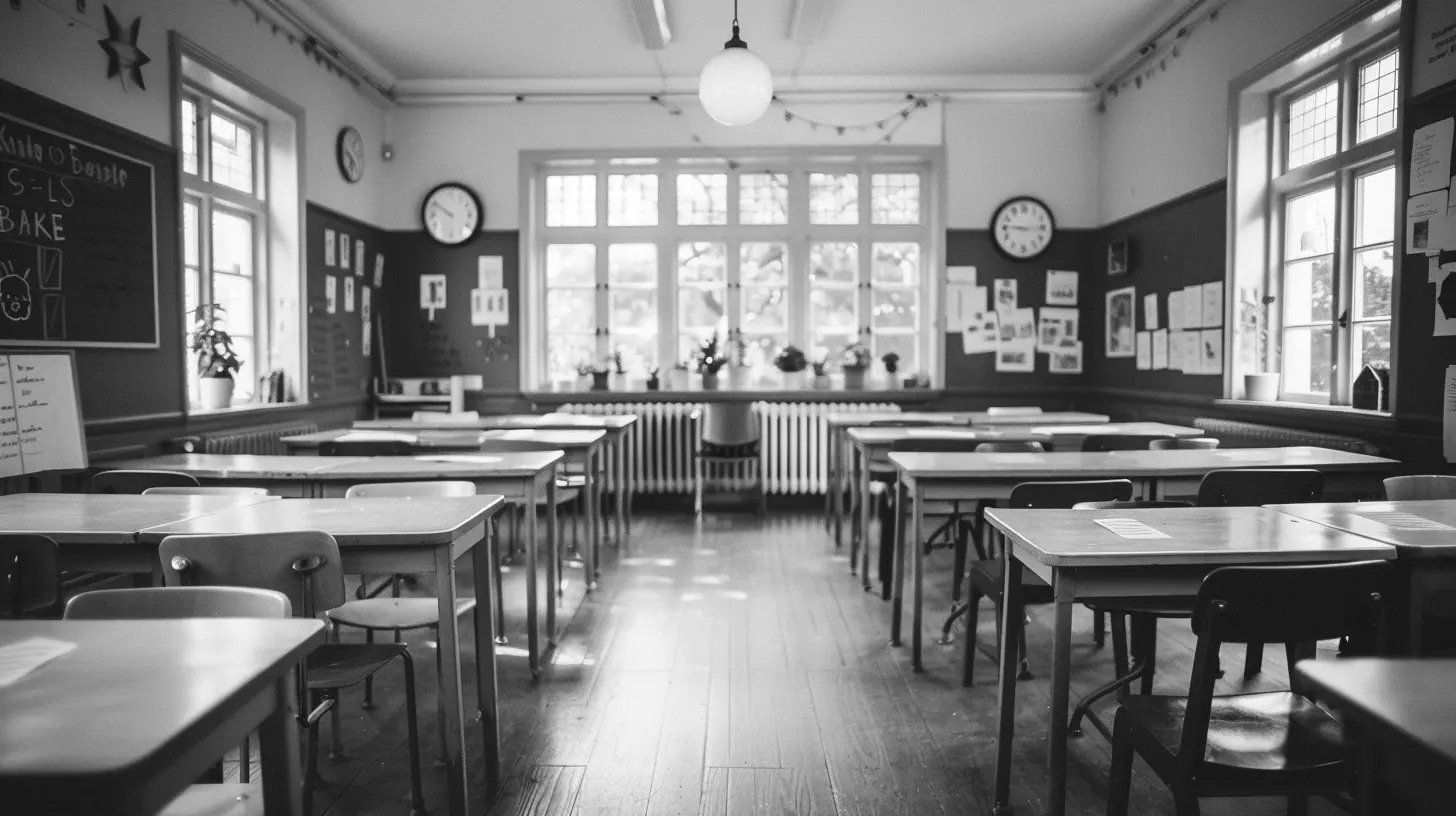
Supporting Students with Physical Disabilities in the Classroom
4. Encouraging Peer Support & Collaboration
Classmates can be a great source of support for students with disabilities. Encouraging group work, buddy systems, and peer mentoring can help create a sense of community.- Assign classroom “buddies” for activities that require mobility, such as science experiments or group projects.
- Promote teamwork and collaboration to ensure every student feels like a valuable member of the class.
- Educate students on respect and inclusion, so they understand how to support their classmates without being patronizing.
5. Providing Extra Time & Flexibility
Some students may need extra time to complete tasks, take tests, or transition between activities. Be mindful of this and make accommodations when necessary:- Allow extended time for assignments and exams if needed.
- Be flexible with due dates or deadlines when a student has mobility-related challenges.
- Offer alternative ways to participate, such as allowing verbal responses instead of written ones.
Flexibility ensures that students with disabilities have the same opportunities to succeed as their peers.
6. Training Teachers & Staff
Teachers play a critical role in creating an inclusive classroom. However, many educators haven’t received proper training on how to support students with physical disabilities.- Offer professional development workshops on disability awareness and accessibility.
- Train staff on how to use assistive technology and adaptive tools.
- Encourage open communication between teachers, students, and families to ensure needs are being met.
When educators are well-informed, they’re better equipped to provide the right support.
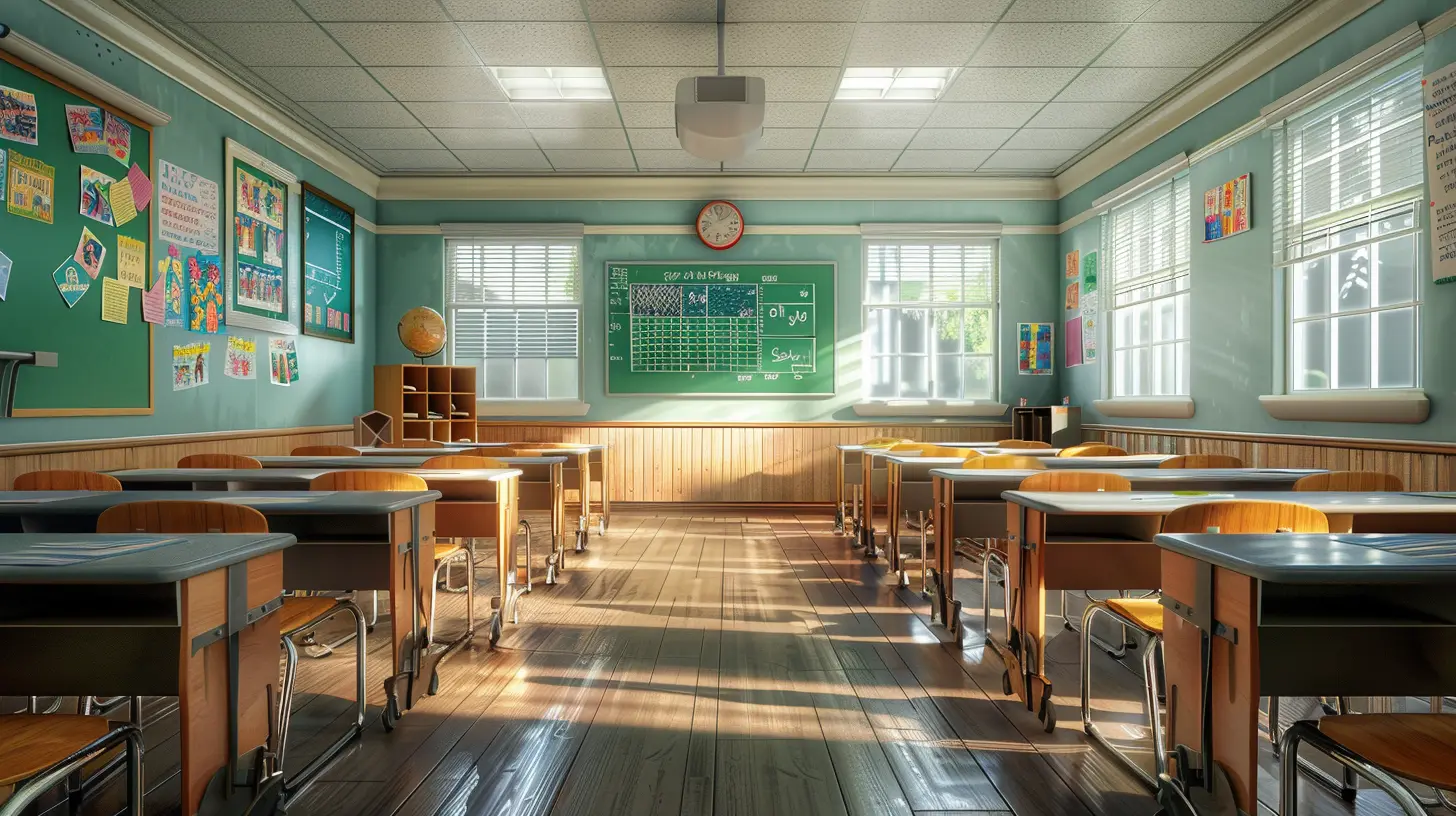
The Importance of Emotional & Social Inclusion
7. Building a Positive & Supportive Classroom Culture
Physical disabilities don’t just present academic challenges—there are emotional and social obstacles too. Students with disabilities may feel isolated or left out if they aren’t included in social activities.- Promote disability awareness and sensitivity through class discussions and activities.
- Encourage students to participate in extracurricular activities, ensuring that clubs, sports, and events are accessible.
- Foster an environment where students advocate for themselves and feel comfortable expressing their needs.
Creating a warm and welcoming atmosphere can help students with disabilities feel truly included.
8. Involving Parents & Support Networks
Parents, caregivers, and specialists play an important role in a student’s success. Keeping open communication with families ensures that students receive the best possible support.- Schedule regular meetings with parents to discuss progress and challenges.
- Work closely with occupational and physical therapists to implement specific strategies.
- Encourage parents to share resources and insights that might help tailor classroom accommodations.
Support doesn’t stop at the classroom door—it extends into students’ homes and communities.
Final Thoughts
Creating an accessible and inclusive classroom doesn’t happen overnight, but small changes can have a massive impact. By making the environment more accessible, providing academic support, fostering peer relationships, and prioritizing emotional well-being, educators can ensure that students with physical disabilities thrive—just like any other student.At the end of the day, an inclusive classroom benefits everyone. After all, education should be about lifting every student up, breaking barriers, and making learning a space where all kids feel like they truly belong.
all images in this post were generated using AI tools
Category:
Special EducationAuthor:

Monica O`Neal
Discussion
rate this article
1 comments
Molly Anderson
Creating an inclusive classroom for students with physical disabilities requires thoughtful adjustments. Simple measures, like ensuring accessible seating, adapting materials, and fostering a supportive environment, can significantly enhance learning experiences and empower all students to thrive alongside their peers.
September 14, 2025 at 4:44 AM

Monica O`Neal
Thank you for highlighting the importance of thoughtful adjustments in creating an inclusive classroom. Your insights on accessible seating, material adaptations, and fostering support are crucial for empowering all students to thrive.

